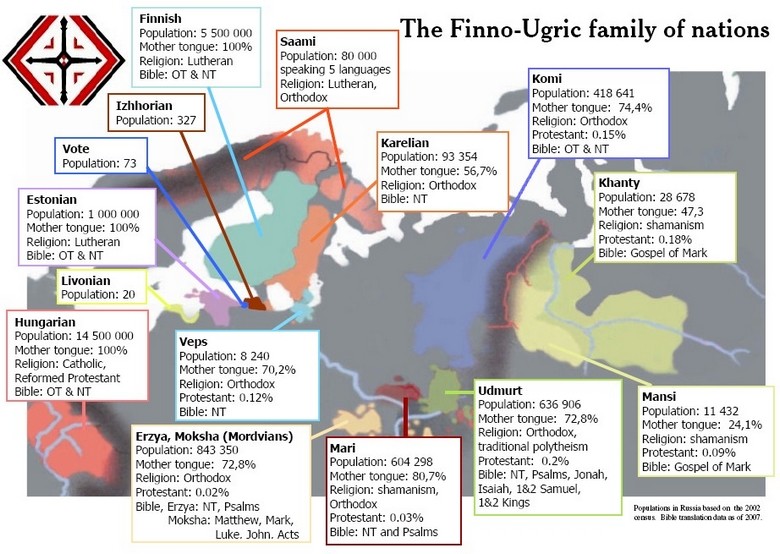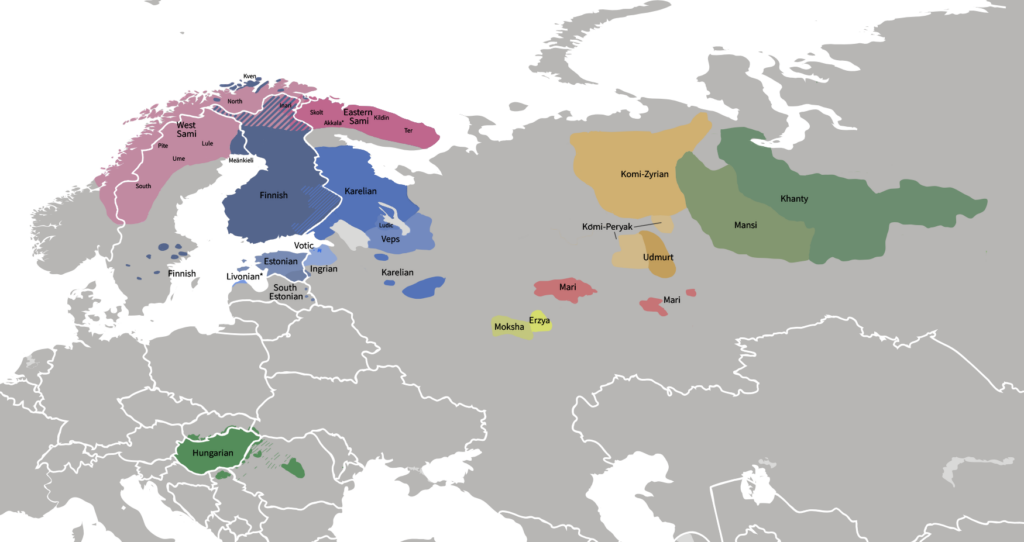Estonia, Finland and Hungary, the three independent Finno-Ugric countries, celebrate the Pan-Finno-Ugric Day on 17 October.
Based on a decision of the fourth Finno-Ugric Cultural Congress in 1931, Finno-Ugric Days are held annually throughout the Finno-Ugric world on the third weekend of October. In Estonia, the Finno-Ugric Day has been a day of national importance since 2011.
In Estonia, various events across the country will mark the day – although the COVID-19 crisis has an impact on attendance. Therefore, many events are organised online, although there are concerts that celebrate Finno-Ugric culture – at the Estonian National Museum in Tartu on 17 October and at the Vaba Lava Theatre in Tallinn on 18 October.
According to the Estonian culture ministry, the day highlights the “unique nature of the Finno-Ugric languages” and “the importance of Finno-Ugric culture in Europe’s rich cultural space”. “It also points out the importance and value of the cultures of small nations in the wide world,” the ministry said in a statement.
Many Finno-Ugric people live in Russia
The Finno-Ugric peoples are the peoples who speak Finno-Ugric languages. The four most numerous Finno-Ugric peoples are the Hungarians (13-14 million), the Finns (six-seven million), the Estonians (1.1 million) and the Mordvins (744,000). The first three inhabit independent states – Hungary, Finland and Estonia – whereas Mordovia is a republic within Russia.

Other Finno-Ugric peoples have autonomous republics within Russia: the Karelians (the Republic of Karelia), the Komi (the Komi Republic), the Udmurts (the Udmurt Republic), the Mari (the Mari El Republic) and the Mordvins (Moksha and Erzya; the Republic of Mordovia).
The Khanty and Mansi peoples live in the Khanty-Mansi Autonomous Region of Russia. The Komi subgroup, Komi-Permyaks, used to live in the Komi-Permyak Autonomous Region, but today, this area is a territory with special status within the Perm Krai in Russia.

A significant number of Finno-Ugric peoples also live in the United States, Romania, Slovakia, Sweden, Canada and Norway.
Representatives of 23 different Finno-Ugric nations are expected to gather in the Estonian town of Tartu in June 2021 for the World Congress of the Finno-Ugric peoples. The presidents of Estonia, Finland, Hungary and Russia have also been invited to the opening ceremony, although the Russian president, Vladimir Putin, will unlikely accept the invitation.
Cover: A map showing the approximate distribution of Finno-Ugric languages. Image by GalaxMaps, shared under Creative Commons CC BY-SA 4.0 licence.

